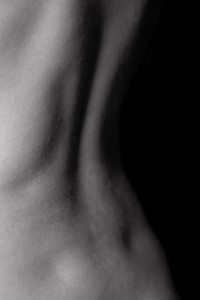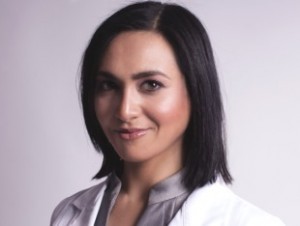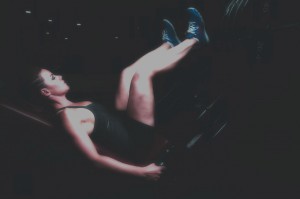How to fix lower back pain
Here’s how to fix lower back pain by identifying the cause. People ask “how can I relieve back pain at home?” The reality is you may have a serious underlying condition. This needs to be figured out to get the right treatment. Osteopathy should include home care advice and exercises for low back pain.
If you’re safe to treat you’ll get that too. Low back pain affects 8 in 10 of us. It’s frustrating waking up with low back pain for no obvious reason. It affects our mood. how we work, how we move. Symptoms of nonspecific low back pain are most common.
If you’re having lower back pain symptoms without getting the lower back pain relief you deserve to be safe, clinical, practical, effective you need to change your current treatment or exercise routine.
We’ll break these down (keep reading).
The longer we have this ache or a pain, the longer it may take to achieve our peak performance. The longer we hold on to a muscle strain or ligament sprain, the more complex the pain condition gets. THAT’S NOT ALL…
FAST FACT — Back pain is the largest single reported cause of absence from work.
It costs ~ £5 BILLION (or £200 for every employee) in SICKNESS ABSENCE COSTS
Source: Clinical Standards Advisory Group
SAFE. CLINICAL. PRACTICAL. EFFECTIVE.
SUBSCRIBE to Susannah Makram TV YouTube Channel
THE COST OF BACK PAIN TREATMENT
In pursuit of enjoying the best retirement? Wish for the costs broken down? It’s simple: this. Consultation and physical examination at Susannah Makram clinics gives you data: options; costs. Compare costs starting with osteopathy today against costs over time vs. you choose to omit osteopathy with Susannah from the equation.
“Change before you have to” Jack Welch
Preventing lower back pain. Checking in to avoid checking out.
Usually, the first thing one in three people suffering with low back pain relate to is the frustration. If only we were told. If only we were warned how much time they would lose. If only they knew they’d have to skip work. As leaders or employers, running a business… Can you imagine? Not being able to work because of low back pain?
How to fix lower back pain
Sometimes we get muscle strains and ligament sprains. They can affect our quality of life. There are differences between the two but both are dealt with very differently from person to person.
We could have the exact same diagnosis or prognosis as the next person but our experience of lower back pain is different. This is why improving our quality of life is one of the these two, depending on you and not depending on your diagnosis.
1) a check up
2) a health journey
Low back pain
There are some warning signs to be aware of. Lower back pain can need urgent medical attention. Know the signs and spare yourself and your family, long lasting, life threatening, or potentially disabling disease or health complications.
Innovative ways to categorise and measure pain are currently being studied. For example, scientists are using computer-assisted technology to develop a novel programme that will capture and quantify pain experiences. Tools such as this will be combined with existing methods to more accurately and consistently measure pain over time and across groups, diseases, and conditions.
What do the busiest people do when they have pain?
Here’s what they don’t do: ignore it. If we feel our body is tense, we might get a massage. “What’s the worst that can happen?”
Lower back pain treatment
OPTIONS? READ ON — Your chosen healthcare professional should outline these to you so you can make an informed decision…
- The diversity of pain conditions requires a diversity of research and treatment approaches.
- According to the National Center for Health Statistics (2006), approximately 76.2 million, one in every four Americans, have suffered from pain that lasts longer than 24 hours and millions more suffer from acute pain.
- Pain can be a chronic disease, a barrier to cancer treatment, and can occur alongside other diseases and conditions (e.g. depression, post-traumatic stress disorder, traumatic brain injury).
- Pain affects more Americans than diabetes, heart disease and cancer combined. Pain is cited as the most common reason Americans access the health care system.
Feeling tired all the time or anxious or restless is more common in people experiencing pain e.g. lower back pain. How can we help you feel refreshed and full of energy?
Low back pain can creep in, where a little tiredness may have been.
Bad sleep quality and quantity can wreck or strengthen our bodies. If sleep can cause such dysfunction to our bodies then what about pain? Checking in for osteopathy before this happens makes sense.
Otherwise, we’re checking out. Our posture affects our functional health. Don’t have to take time off work — with NO GUARANTEES it will be a happy holiday.



